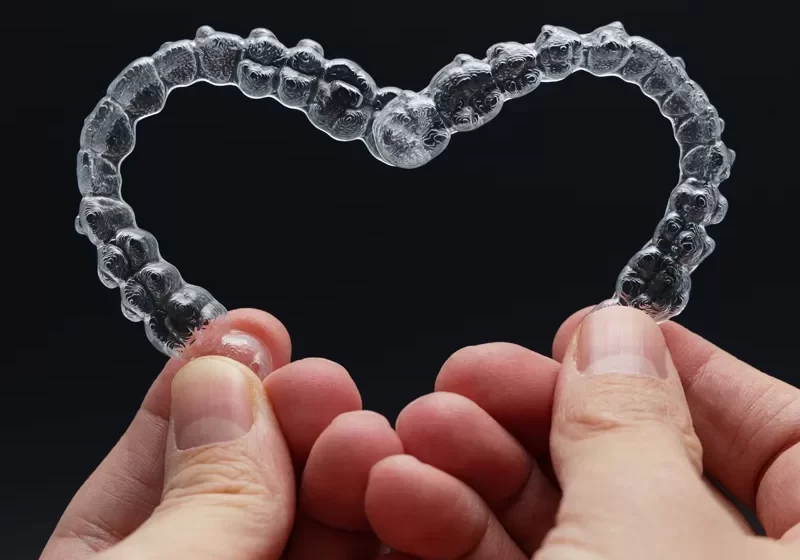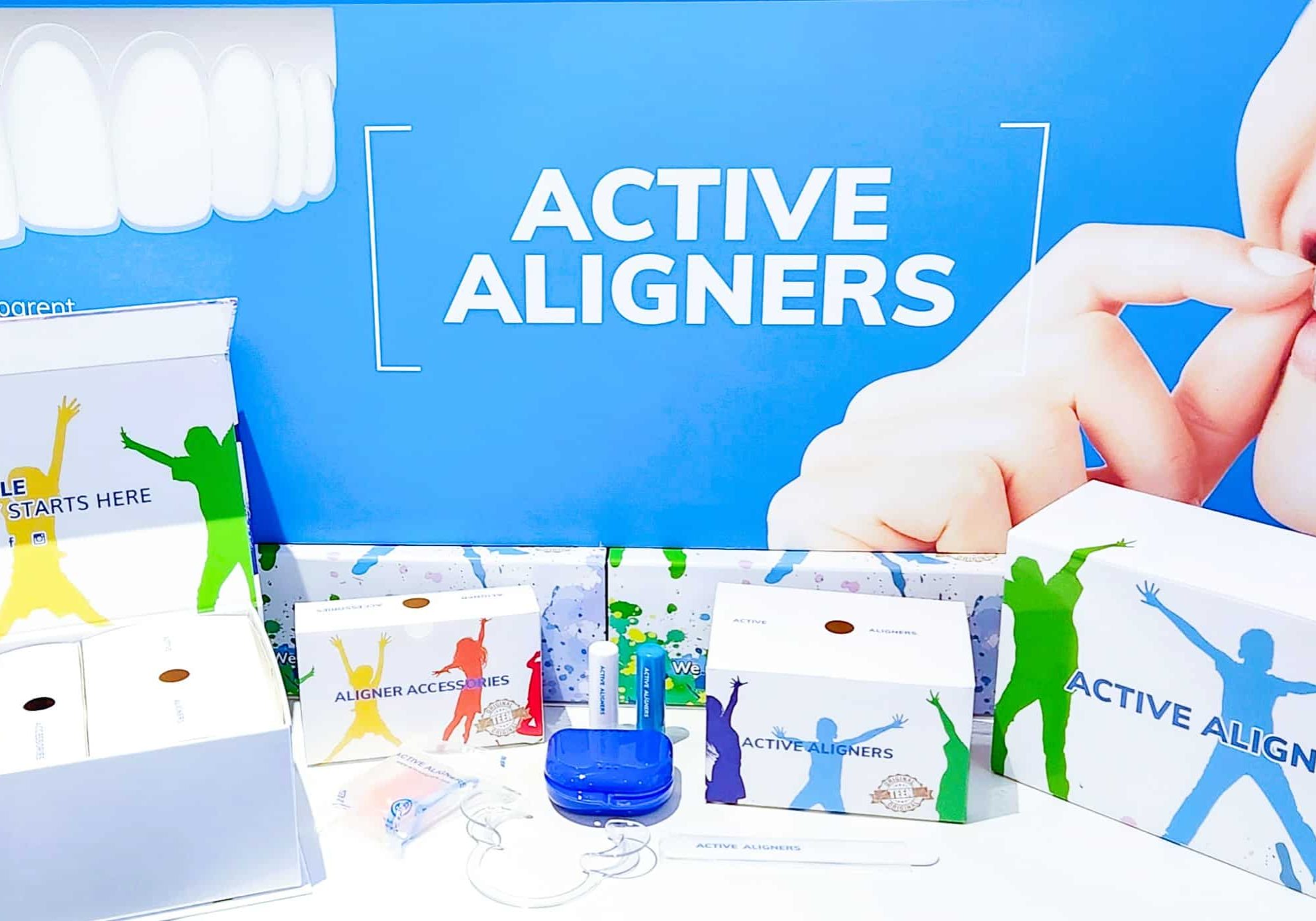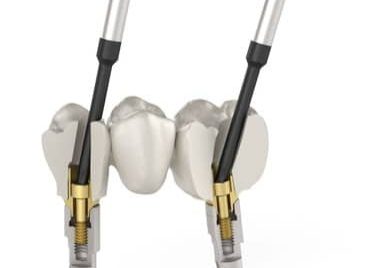IPR Made Simple for the GDP: Risks, Benefits & Top Tips
What is IPR and Why Does it Matter?
Interproximal Reduction (IPR) is a common and often necessary technique in modern orthodontics, especially with clear aligners. For the general dental practitioner (GDP), understanding when, how, and why to use IPR — and how to avoid common pitfalls — is crucial for predictable outcomes and patient satisfaction.
In simple terms, IPR is the careful reduction of enamel between teeth to create space for alignment without extractions. It’s widely used to resolve crowding, reduce black triangles, and improve contact points.
Done well, it’s safe, effective, and almost invisible to the patient. Done poorly, it can lead to sensitivity, compromised enamel, and even stability issues post-treatment.
Why Use IPR?
✅ Benefits of IPR:
-
Creates space to relieve mild to moderate crowding.
-
Helps avoid unnecessary extractions.
-
Improves contact points to prevent relapse.
-
Reduces the appearance of black triangles in ageing smiles.
-
Provides a conservative solution with minimal impact on tooth health when performed correctly.
Understanding the Risks:
While IPR is well-established and supported by evidence, it’s not risk-free. Awareness and precision are key.
⚠️ Potential Risks of IPR:
-
Excessive enamel reduction: Natural enamel thickness varies; over-reduction compromises tooth integrity.
-
Increased sensitivity: Particularly with heavy-handed or poorly executed techniques.
-
Poor aesthetics: If enamel is unevenly reduced or contact points are misshaped.
-
Higher caries risk: If oral hygiene is neglected post-IPR.
The key to minimising these risks is careful planning, conservative reduction, and ensuring the patient fully understands the rationale and benefits.
IPR Methods: Pros and Cons
Method |
Pros |
Cons |
|---|---|---|
Manual Strips |
Precise control, tactile feedback |
Time-consuming, physically demanding |
Rotary Discs |
Efficient, fast for multiple contacts |
Risk of over-reduction, less precise |
Oscillating Systems(e.g., Contra-angle files) |
Controlled, uniform, efficient |
Costly initial investment, learning curve |
Diamond Burs |
Effective for larger reductions |
Higher enamel risk, requires skill |
Dr Dan’s Top IPR Tips for GDPs:
-
Plan Your Space Wisely: Use your digital setup (Active Aligners provides this) to quantify exactly how much space you need — and where.
-
Never Rush: Start conservative. You can always re-visit an area. Patients won’t thank you for taking too much enamel in one sitting.
-
Use the Right Tools: For GDPs starting out, manual strips provide control. For more confidence and efficiency, oscillating systems offer great consistency.
-
Focus on Contacts, Not Aesthetics Alone: IPR isn’t just about creating space; it’s about reshaping contacts to ensure stability post-treatment.
-
Document Everything: Record the amount removed at each stage — it’s not only good practice but also helps with medico-legal protection.
-
Patient Communication is Key: Explain why you’re doing it, what they might feel, and reassure them about the safety and long-term benefits.









